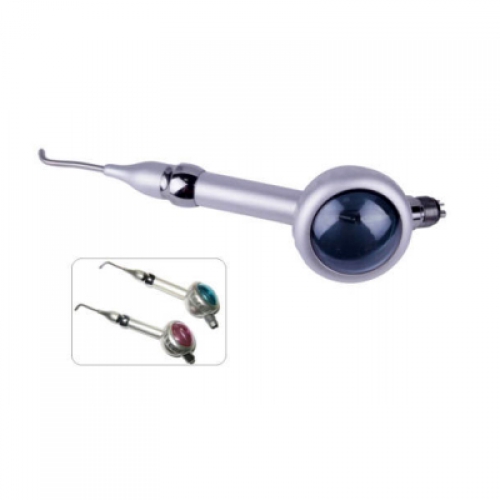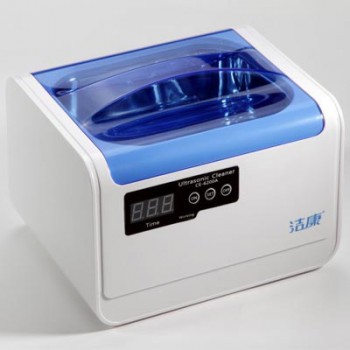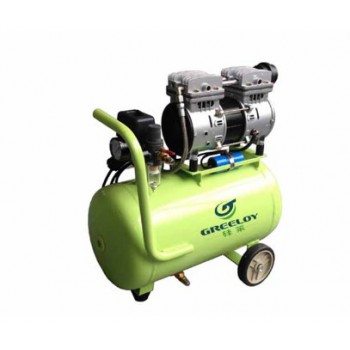First introduced in the 1940s, dental air polisher has changed noticeably since its inception, thanks mainly to advances in materials science. Compared to polishing with a prophy cup and paste, air polishing eliminates the need for direct tooth contact or pressure against the tooth, along with any discomfort from potential heat generated with prophy cups. This technique also offers more efficient biofilm removal, easier access into pits and fissures, and a less abrasive nature than pumice or prophy pastes.

Many hygienists and dentists will be most familiar with sodium bicarbonate powder, one of the first materials introduced for use with early air polishing systems. In my experience, sodium bicarbonate has been an excellent tool for heavy stain removal, but patients react poorly to the salty taste and abrasive feel. Sodium bicarbonate powders generally have a particle size up to 250 μm, and while damage to enamel has not been reported, researchers and manufacturers warn against prolonged use on cementum, dentin, and certain restorative materials such as composites.
This means that a considerable number of patients are poor candidates for air polishing with sodium bicarbonate powder, including those with implants, restorative materials, sealants, or orthodontic appliances. Other patients contraindicated for treatment with sodium bicarbonate powder include patients on sodium-restricted diets, or those with renal diseases or hypertension.
Selective treatment with sodium bicarbonate air polishing has been a part of my hygiene routine for many years. During the last six months, though, I’ve had the opportunity to try a powder that’s new to the U.S. market. Clinpro Glycine Prophy Powder (3M) has been used successfully abroad for many years, and is now available to American dentists and hygienists. With implants in particular, I find that this type of powder is much gentler and more comfortable for patients when compared to manual scaling. Studies have proved its gentleness as compared to sodium bicarbonate, showing less surface roughness created on the titanium surface of implants.
When my patients have bridge work or pontics that are tight against the tissue, or bridge work with a great deal of recession or hard-to-access areas, I’m able to use the glycine powder to reach those difficult areas. While larger particle powders like sodium bicarbonate are contraindicated for root surface application and subgingival deposits, glycine powder is safe for use along the gingival margins and in deep subgingival pockets.
I’ve even found success using Clinpro Glycine Prophy Powder on soft tissue to break up plaque deposits. A study that compared the safety of glycine powder to sodium bicarbonate powder showed glycine to be 80% less abrasive on human root surfaces. Many air polishing units now offer specialized nozzles designed for subgingival insertion, adding to the efficacy of this technique.
For more information, please visit: https://www.alandental.com/category-88-b0-Pulse-Oximeter.html


